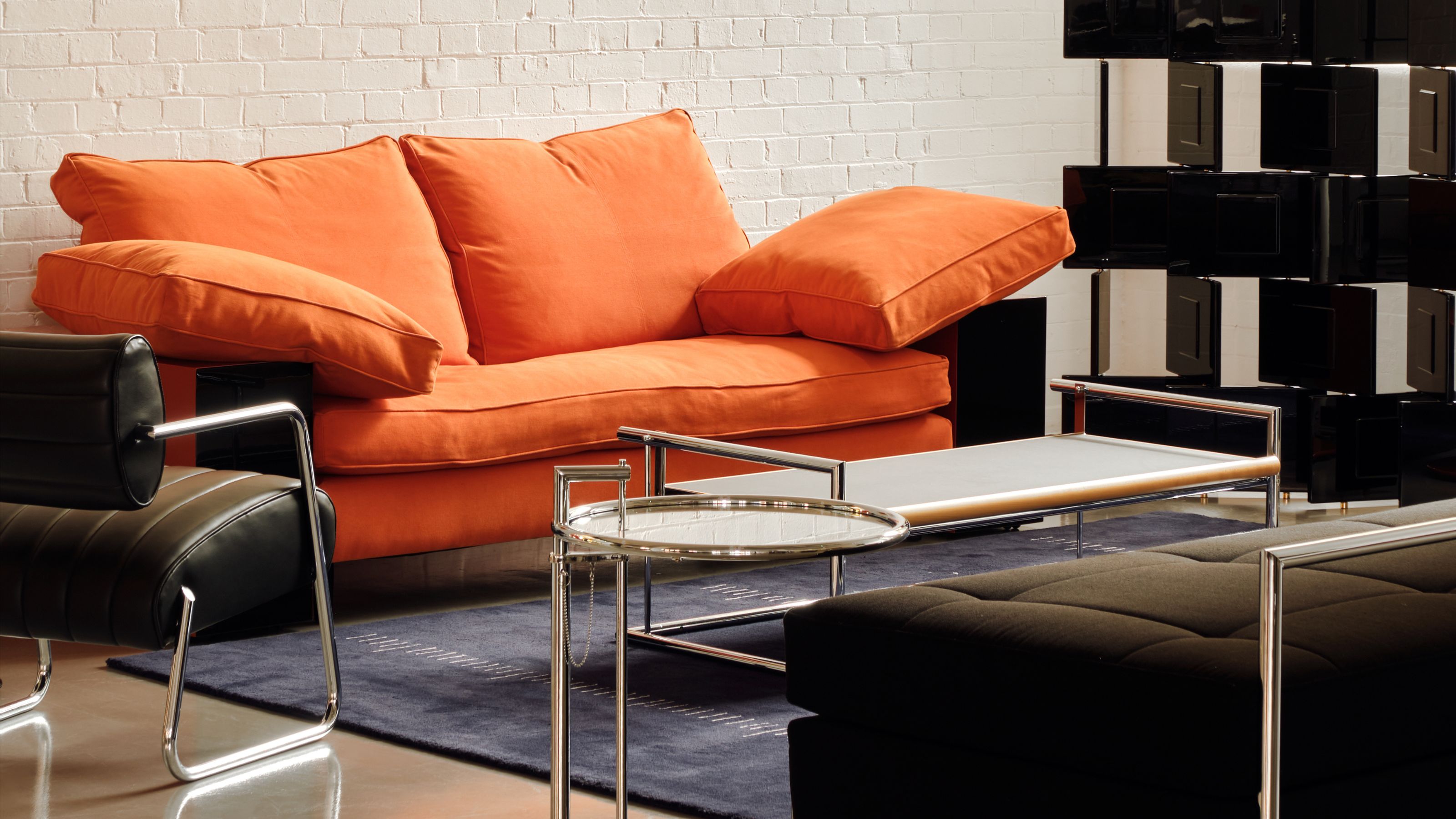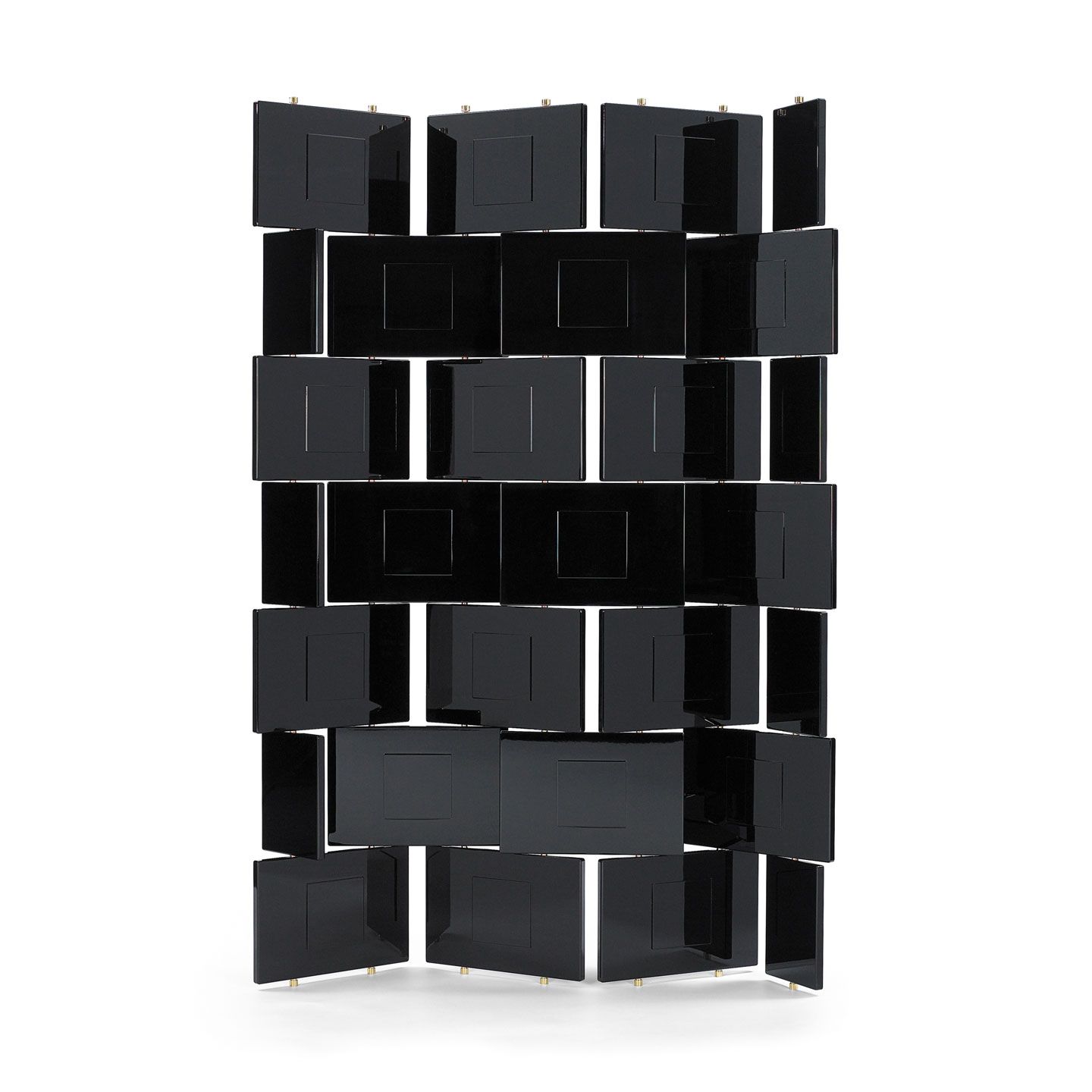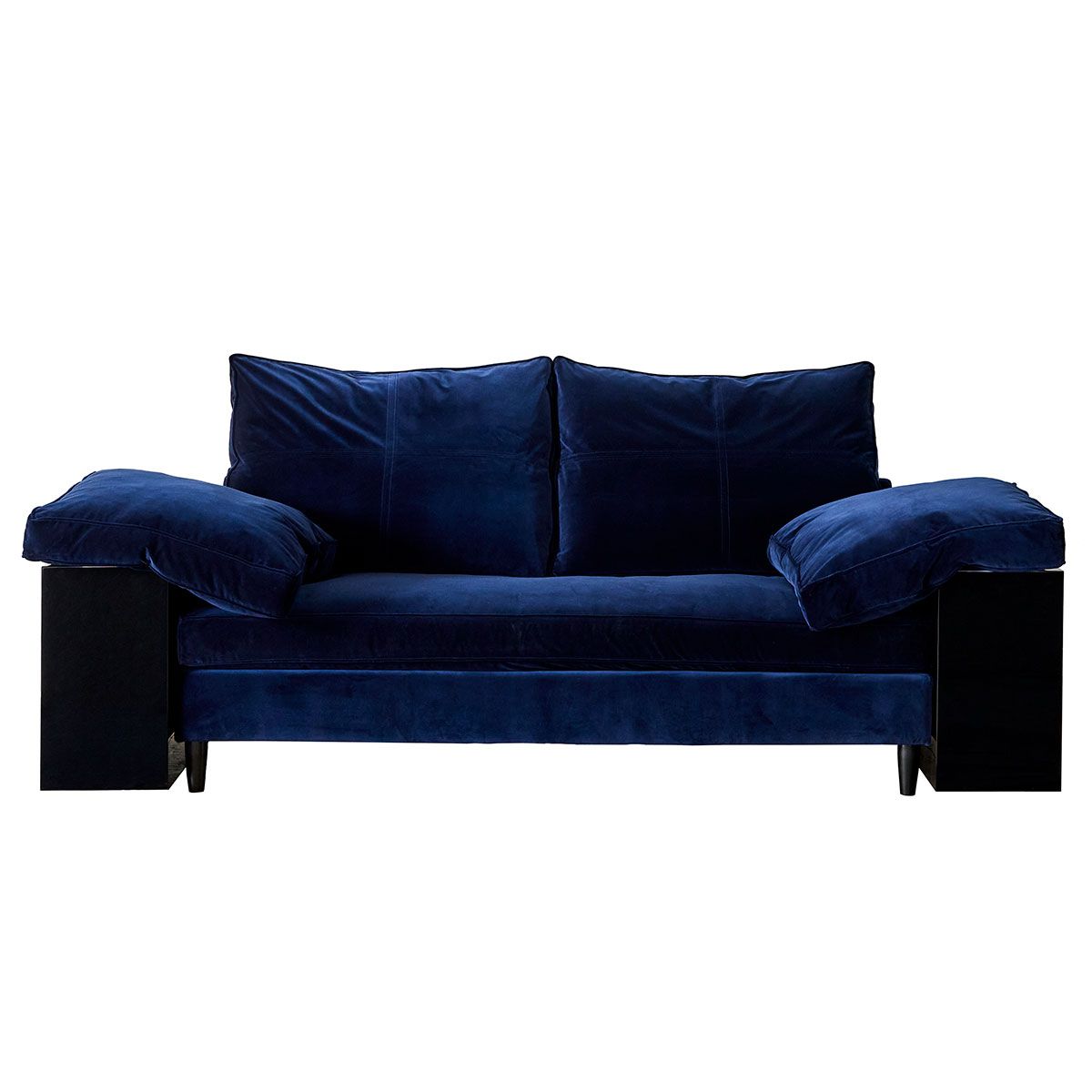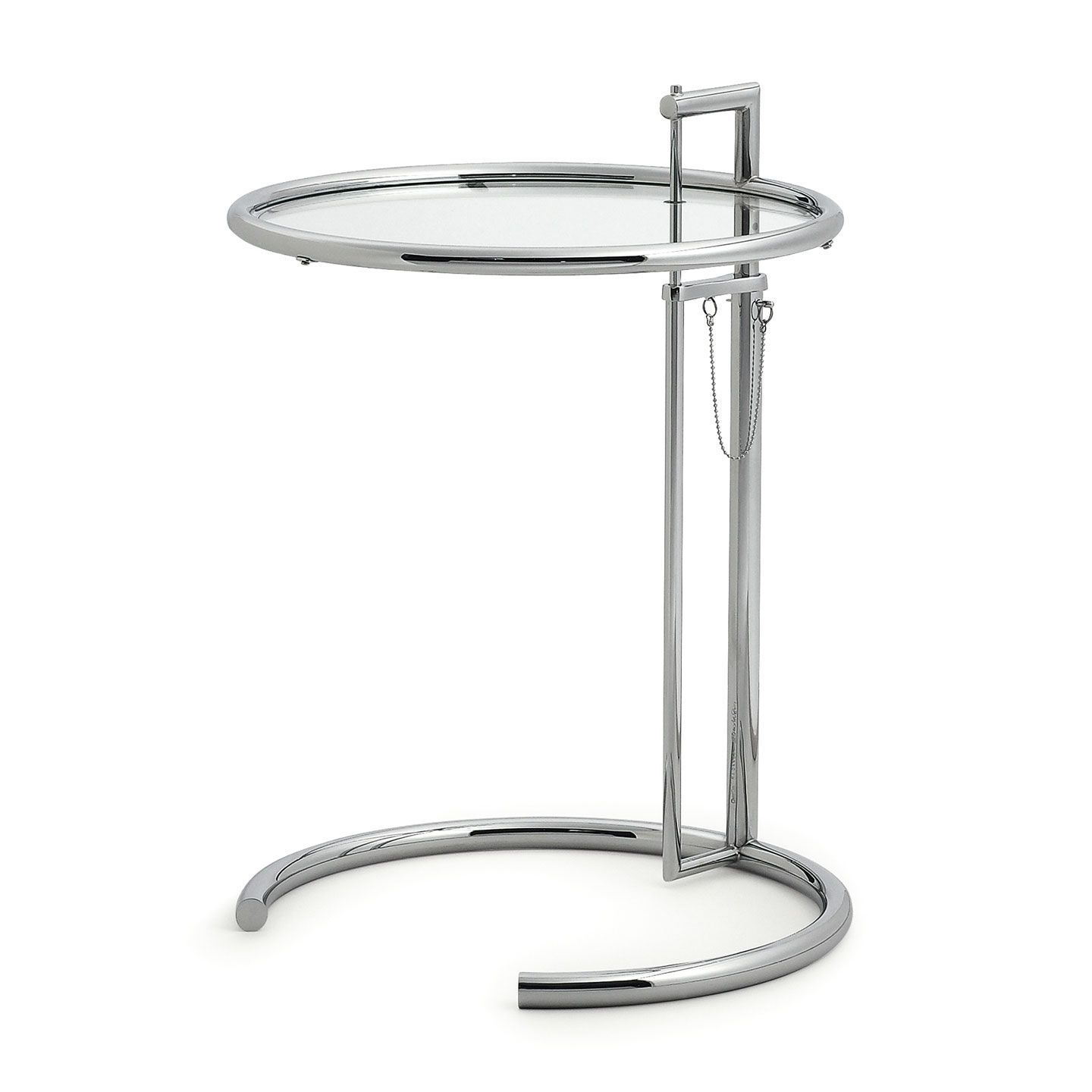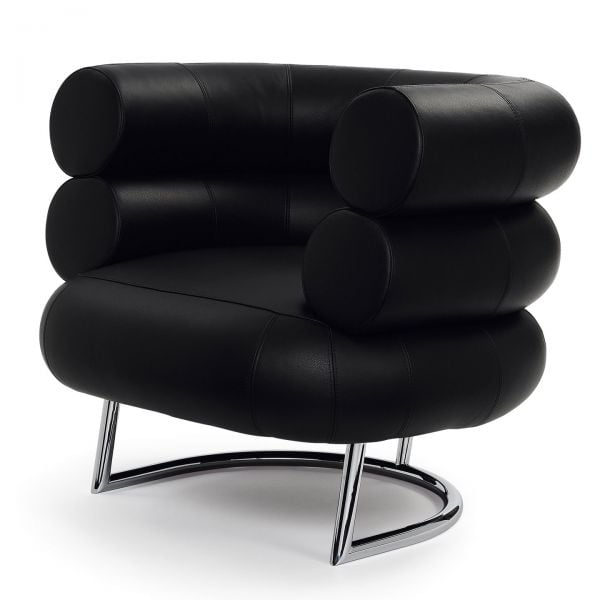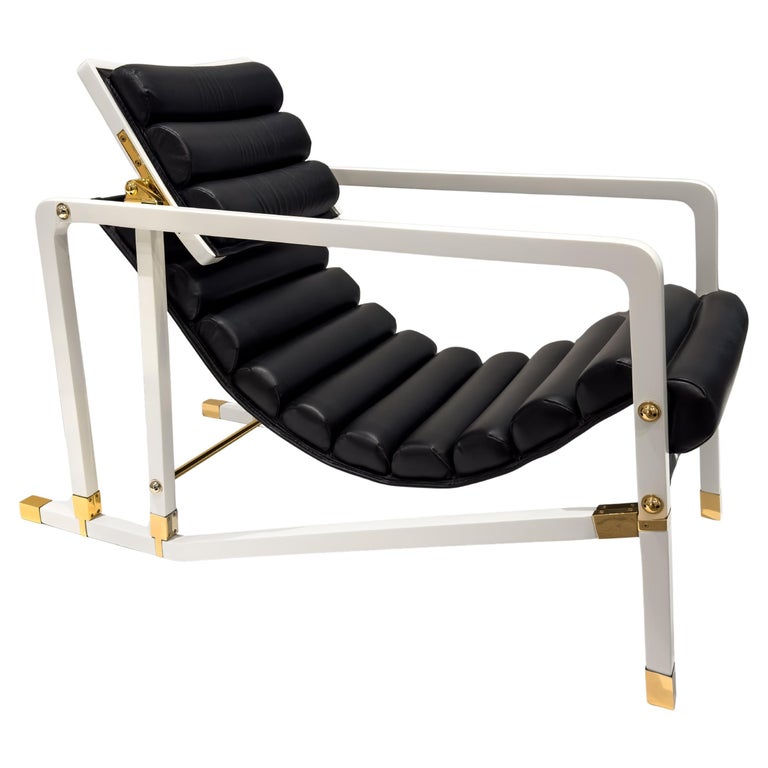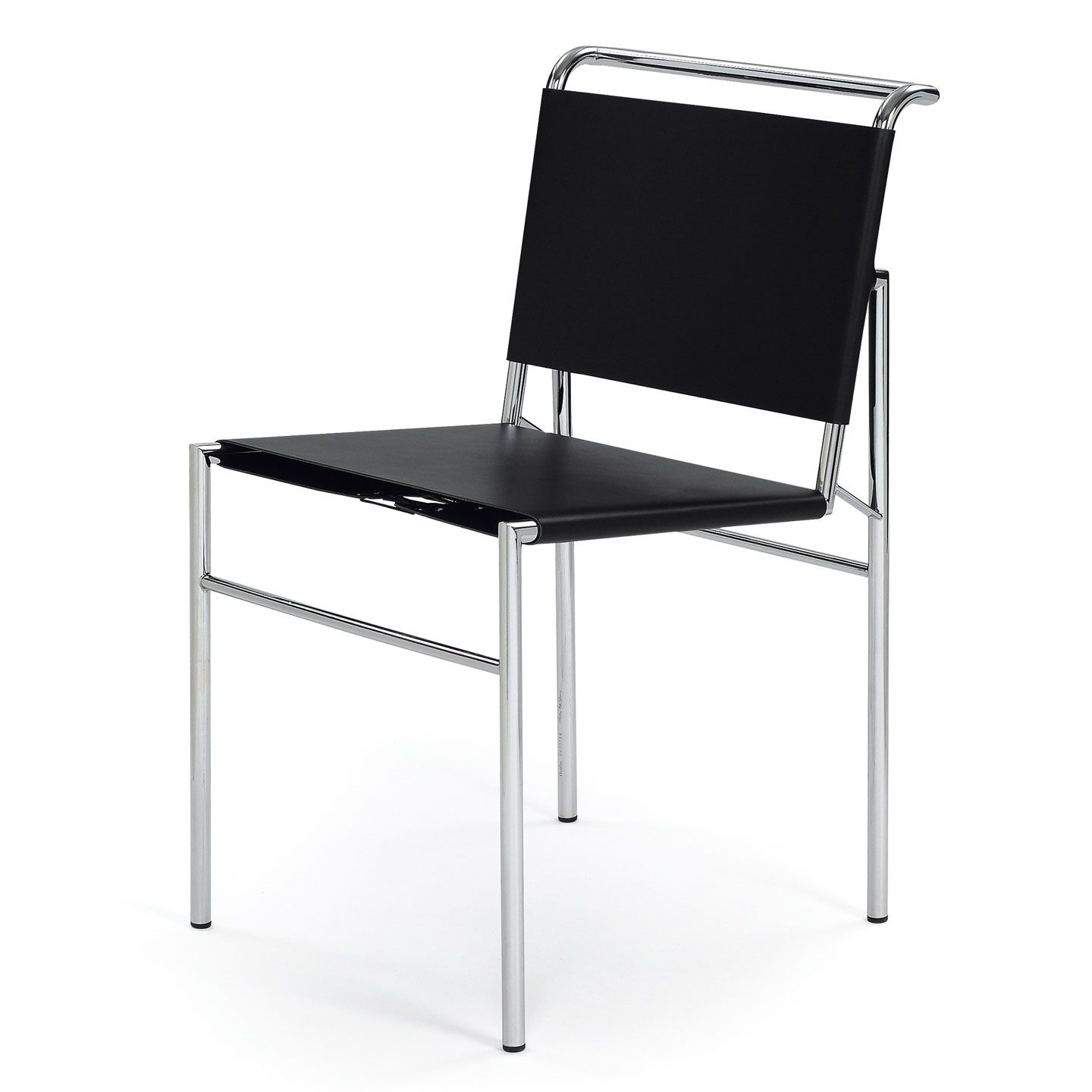Eileen Gray Curated Some of the Most Iconic Modernist Designs — Here’s Everything You Need To Know About Her Life And Legacy
Eileen Gray spent most of her working life being overshadowed by male designers, but her name now enjoys the international acclaim it deserves

Born in County Wexford, Ireland, Eileen Gray (1878-1976) is considered one of the world’s visionary architects and interior designers. Producing a large portion of her work in the early half of the 20th century, her name and her designs, whilst initially not given sufficient recognition, are now synonymous with the cutting-edge International Style and Modernist design movement.
Some may recognise Eileen Gray’s E-1027 Villa — the sleek white rectangular house in Roquebrune-Cap-Martin which enjoys a perched position overlooking the Côte d’Azure — or her compact but cool little tubular chrome E-1027 Adjustable Side Table, the epitome of Modernist style and still one of the most iconic furniture designs today.
Futuristic and unmatched, her architecture is revered, and her furniture greatly cosseted.
Early Life and Lacquerware
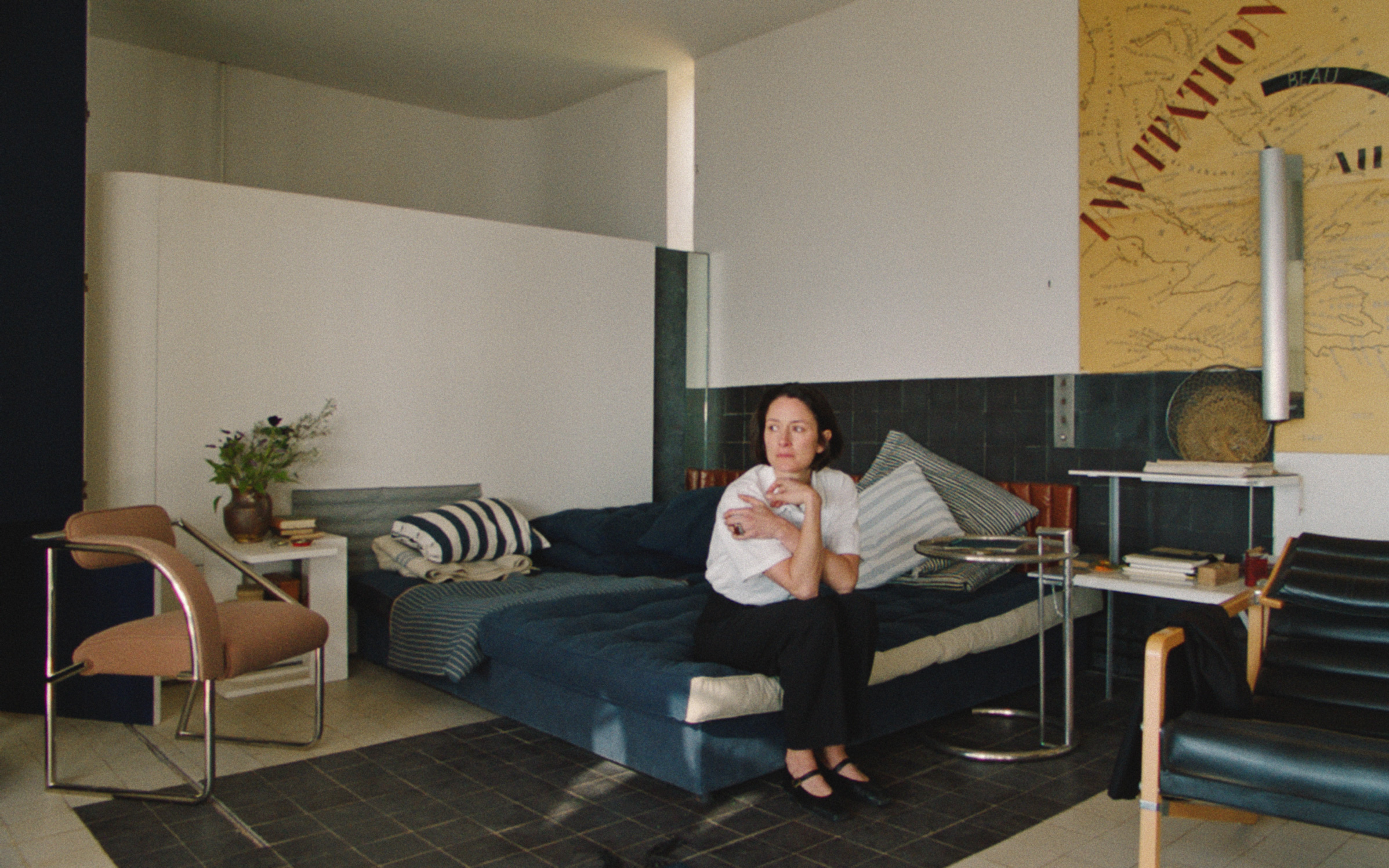
Eileen Gray has recently been the subject on a documentary film, E.1027 Eileen Gray and The House by The Sea by directors Beatrice Minger and Christoph Schaub.
In her early life, Eileen Gray studied painting at the Slade School of Fine Art in London. In 1900, whilst visiting the newly renovated Victoria & Albert Museum, she discovered examples of ancient Eastern lacquerware and considered how the technique might be reinterpreted for modern Western applications.
Intrigued, she proceeded to take lessons in lacquer from Charles Dean, a lacquer specialist and repairer based in Soho, London. During this period of her life, Eileen started spending more time in Paris, and, by 1906, was living permanently in the French capital, where she continued to develop her lacquer furniture designs.
Whilst these pieces are undoubtedly beautiful, they are notably more traditional in shape and style than her later works. Eileen Gray's first piece of recognition was in 1913 at the Decorator’s Salon, where her lacquer work was seen by the couturier Jacques Dousey, who later became her first patron.
A Parisian Apartment design for Madame Mathieu-Lévy
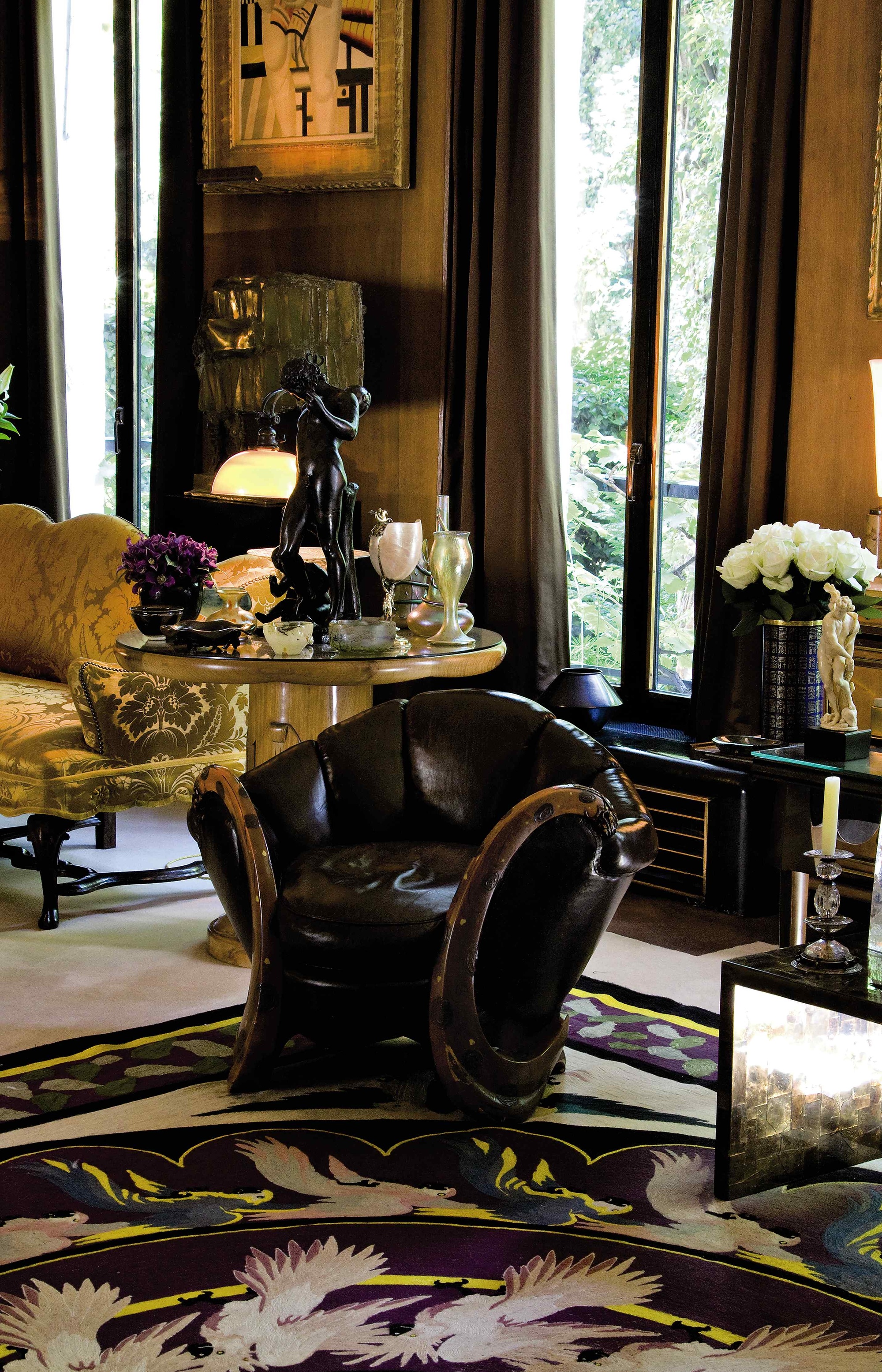
Eileen Gray's iconic Serpent Chair seen in Yves Saint Laurent and Pierre Berge's private collection, which was sold at auction back in 2009.
Eileen Gray's breakthrough commission came after World War 1 when she was asked to design the interiors of Madame Mathieu-Lévy’s Parisian apartment. Madame Mathieu-Lévy was the prominent owner of the Suzanne Talbot fashion store. Eileen worked on this commission between 1917-1921.
The Livingetc newsletters are your inside source for what’s shaping interiors now - and what’s next. Discover trend forecasts, smart style ideas, and curated shopping inspiration that brings design to life. Subscribe today and stay ahead of the curve.
A key standout design from the project is the now-iconic lacquer Brick Screen, designed by Eileen in collaboration with Seizo Sugawara for the space. Originally intended as part of a wall treatment system for the apartment’s long corridors, these screens were movable, making them an ingenious room divider idea that broke up the apartment’s flow into usable rooms.
Alongside her curation of the now-infamous Serpent Chair and the Pirogue Daybed, Eileen Gray also designed bold and geometric carpets for this project, marking the beginning of a long lineage of carpet designs that Eileen would produce throughout her life — each one bolder and more abstract than the last.
The apartment was featured in publications like Harper's Bazaar, The New York Times, and the Chicago Tribune, bringing Eileen Gray's name and work into the public eye, and finally casting a light on some of the most classic furniture designed by a woman.
The Jean Désert Design Workshop
In May 1922, Eileen opened a design workshop in Paris, called Jean Désert. She sold furniture, lamps, screens, mirrors, and carpets. Indeed, carpets proved to be her most successful item; however, her limited run of designs, such as the freestanding Lota sofa, also sold well.
Gradually, Eileen began designing more modernist pieces, experimenting and utilizing tubular steel and chrome finishes, and creating the now-iconic designs for which she is most widely recognized.
As for the meaning behind the name Jean Désert, many believe the decision was due to the fact that, during this time, architecture and furniture design was a male-dominated profession, and therefore, by adopting a male name, Eileen Gray would have a better chance at making sales.
Whilst a pioneer and now recognized as one of the best female designers, for most of her career, Eileen Gray was overshadowed by male architects and designers, and didn't recieve proper acknowledgment for her work until later in the 20th Century.
Eileen Gray’s Most Iconic Designs
Serpent Chair (1917-1919)
A unique-looking piece (seen in the image further up the article), the Serpent Chair is one of Eileen Gray’s earlier examples of furniture designs. It speaks a different design language from her more minimalist furniture, which came later.
Crafted from leather and lacquered wood, and with design details flourished in accents of silver leaf, Eileen designed the Serpent Chair in the shape of a seahorse clutching a mermaid for Madame Mathieu-Lévy’s Paris apartment project.
Eileen Gray’s Serpent Chair sold for $28.3 million at Christie’s in 2009. It holds the world record for the highest-value 20th-century furniture design ever sold at auction.
Brick Screen (1922)
;Fascinated by the beauty of traditional lacquerware, Eileen applied her knowledge and skill of the craft technique to create these geometric screens as a wall treatment for the Parisian apartment of Madame Mathieu-Lévy.
These screens became far more than just a wall treatment, they are regarded more as a piece of functional sculpture.
The lacquer is applied by hand, layer by layer. This famous piece, coveted by collectors, is part of the permanent design collection of the Museum of Modern Art in New York, and is still available to buy at Aram, who holds the worldwide head licence for Eileen Gray Designs.
Lota Sofa (1924)
The Lota sofa (which is also currently still available to buy via Aram) is a development of the original piece which was designed for Mathieu-Lévy's Parisian apartment project.
A dual-usage piece, you can remove the cushions and one of the lacquered end ‘boxes’ and turn it into a bed.
The Lota sofa is considered a significant turning point in Eileen Gray's career, marking a shift from her earlier Art Deco influences towards a more functional and rigorous modernist style.
Villa E-1027 (1926-1929)
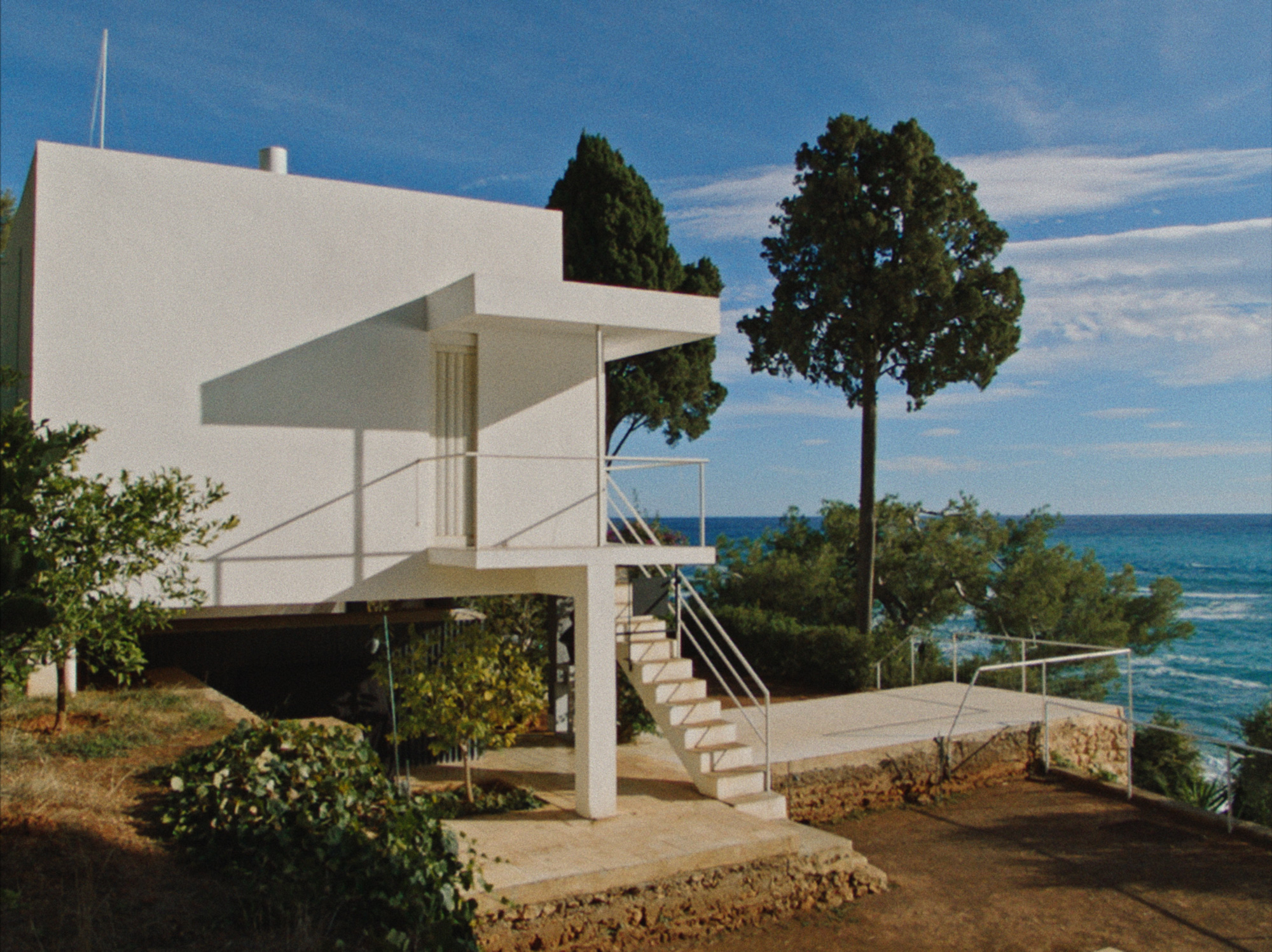
A still from the recent hybrid-documentary E.1027 - Eileen Gray and The House by The Sea, showing the exterior of Eileen Gray's Villa E-1027.
Eileen Gray's Villa E-1027 is considered by many to be the jewel of her portfolio and legacy. Not only did Eileen design the architecture and exterior of the villa (a feat of genius, especially considering she had no formal architectural training), but she also designed the interior and furniture. As a result, some of Eileen Gray's most iconic Modernist furniture designs were first seen here, within the walls of E-1027.
Designed and built between 1926 and 1929, the location of the villa was chosen by her lover, architect Jean Badovici. The home sits suspended overlooking the Cote d’Azure in Roquebrune-Cap-Martin. The name E-1027 is code. The ‘E’ stands for Eileen, and the digits 10-2-7 representing the letters J-B-G in the alphabet: the couple’s remaining initials.
E-1027’s clean-cut lines and stark box-like appearance pop amidst the natural backdrop of coastal greenery. Eileen's approach to the rocky and steep slanted plot was to create ‘blocks’ on pillars. The first houses two bedrooms and bathrooms with direct access to the garden, meanwhile the floor above — with large glass windows and partitions — provides the main living areas, a studio, and a main bedroom. A balcony creates further indoor-outdoor flow between the interior of the home and the ocean.
Inside, the villa is fairly modest in scale. Every room has a balcony with outdoor access, and furniture and fittings are largely moveable and, in some cases, multi-purpose. Here iconic Modernist furniture designed for E-1027 takes centre stage. The house and its contents are considered a masterpiece of 20th century design.
Although they reportedly designed it together, for years the property was soley attributed to Jean Badovici.
E-1027 Adjustable Side Table (1927)
Originally created for Eileen's coastal home, the E-1027 Adjustable Table is a versatile piece of furniture that can be used as a side table or a coffee table. It’s believed that she designed it for her sister to use whilst staying at the Villa E-1027. She used to enjoy having breakfast in bed.
The table features a glass top and a contemporary chrome-plated frame. The most notable feature of the table is its adjustable height, which allows it to be used in a variety of settings.
Proving her true tenet for pioneering and avant-garde design, Eileen penned and curated this chrome tubular table ahead of the pieces you see coming later from the Bauhaus movement. The E-1027 Adjustable Table is one of Eileen Gray's most iconic and recognizable furniture designs.
Bibendum Chair (1926)
It’s not entirely clear whether the Bibendum Chair design, now considered one of the most iconic chairs, was created for Villa E-1027 or whether Eileen had penned it slightly earlier for another potential project, however, what is widely known is that it is one of Eileen's most recognizable and that it looks striking inside the E-1027 living area.
The Bibendum Chair takes its name from the Michelin Man character, hence its bulbous profile and shape. It features a curved backrest and armrests, and it is constructed from tubular steel and upholstered in leather, and is available today at Aram.
Transat Chair (1927)
The Transat Chair (or Fauteuil Transatlantique) was also designed by Eileen for Villa E-1027. Inspired by deckchairs she had seen on transatlantic cruise liners, it embodies her drive for flexible and practical furniture to befit modest-scale homes.
It is essentially a slung seat with a minimalist frame and chrome detailing. Eileen wanted a seat that would be comfortable and act as a recliner to enjoy the view of the Côte d'Azur. Brief met.
Roquebrune Chair (1927)
The Roquebrune chair was designed for her second home, Tempe à Pailla, in Castellar, near Roquebrune, France. Originally, Eileen designed the Roquebrune Chair in a blue canvas upholstery fabric, as she intended it to be used outdoors.
Lately, however, it has become available in leather, intended for interior use. Lightweight, adaptable, and multipurpose, it is, like many of Eileen Gray's Modernist designs, as useful and good-looking today as it was back in 1927, when she first designed it.
The History Between Eileen Gray and Le Corbusier
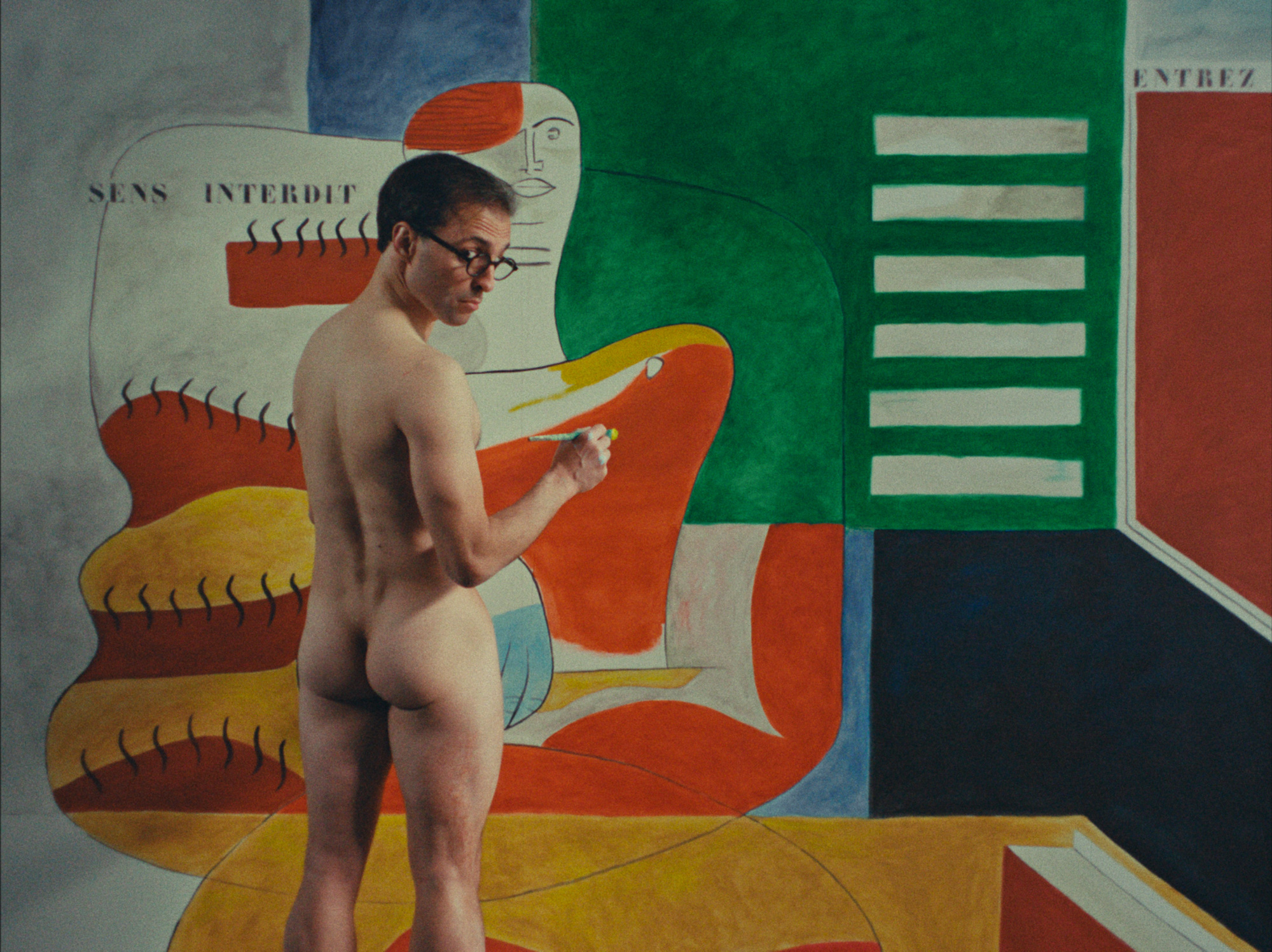
A still from the recent hybrid-documentary E.1027 - Eileen Gray and The House by The Sea, directed by Beatrice Minger and Christoph Schaub, depicting Le Corbusier painting the walls of Eileen Gray's former villa.
There was well known tension between Eileen Gray and her fellow prominent Modernist architecture and design figure, Le Corbusier.
So, what happened? It is believed that when Eileen Gray parted ways with her lover Jean Badovici, he stayed in their Villa E-1027, while she moved out. Jean was friends with architect and furniture designer Le Corbusier, who is said to have been somewhat obsessed with the property (perhaps due to the fact the villa's design demonstrated many of the Modernist design ideals before he could), who moved in with Jean Badovici for varius periods between 1938 and 1939.
It was during this time that Le Corbusier painted provocative scenes with sexual undertones all over the walls of the villa. He documented himself creating the paintings with photographs, where he was often nude.
Eileen Gray was bisexual, and the act of these paintings were regarded by her, and by many since, as targeted towards the breakup of her relationship with ex-lover, Jean Badovici. It is understood that as a result of these paintings, she never stepped foot in the property again, and subsequently fell out with Le Corbusier.
Just prior to her death, Eileen Gray worked closely with Zeev Aram to bring her designs to a world market, and in 1973, the designer granted worldwide rights to manufacture and distribute her designs to Aram Designs. So, if you're looking to secure an authentic piece of Eileen Gray-design furniture today, this is where to go.
For most of her life, Eileen Gray was overshadowed due to gender bias and influential figures such as Le Corbusier, but thankfully, her revolutionary design theories have finally gained the international recognition they deserve.
Whether it’s for the elegant and futuristic Villa E-1027, the tubular chrome-framed E-1027 Adjustable Side Table, or the sculptural shape of the Bibendum Chair, Eileen Gray is truly one of the great architects and designers of the 20th Century.

Rory Alastair Robertson graduated with a BA (Hons) Interior Architecture in 2009 from The Edinburgh College of Art. During his studies, he attended The Rhode Island School of Design in America, where he specialized in Theatre Set Design and Lighting Design.
For over a decade, Rory has contributed as both a stylist and an editor, working with a span of editorial titles, including World of Interiors, Financial Times, Elle Decoration, Living Etc, Homes & Gardens, House & Garden, and Wallpaper*. His portfolio is rich with editorial, commercial, brand, and residential interiors work.
Recognized by The Conran Shop in 2023 as an industry tastemaker, he has become known for his taste and eye for detail. He is informed and inspired by a love of historical homes, craftsmanship, and quality.
